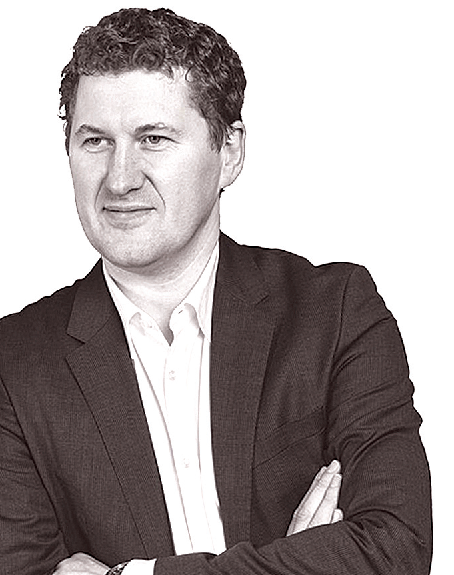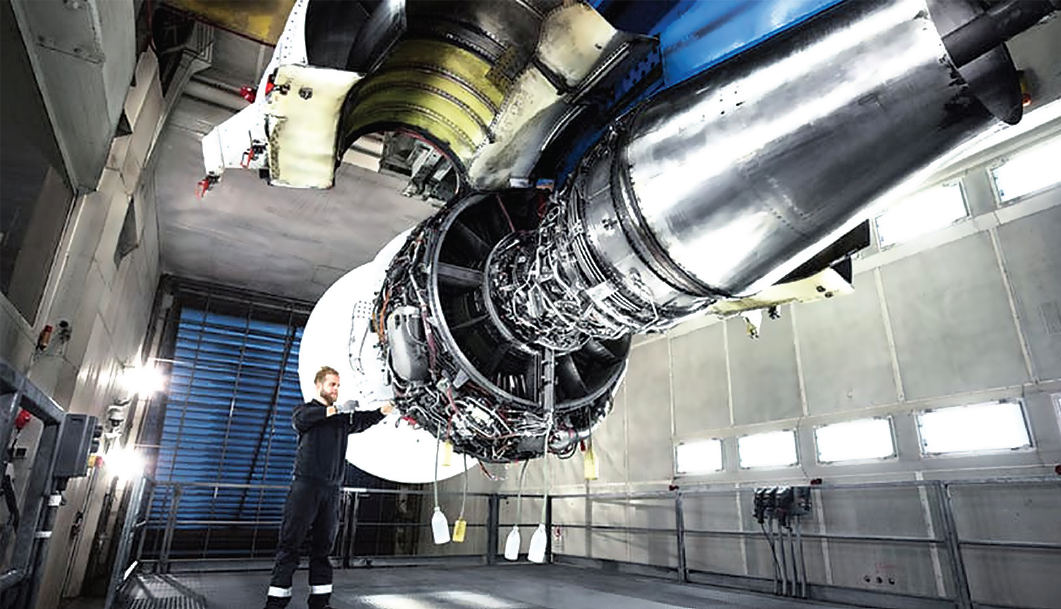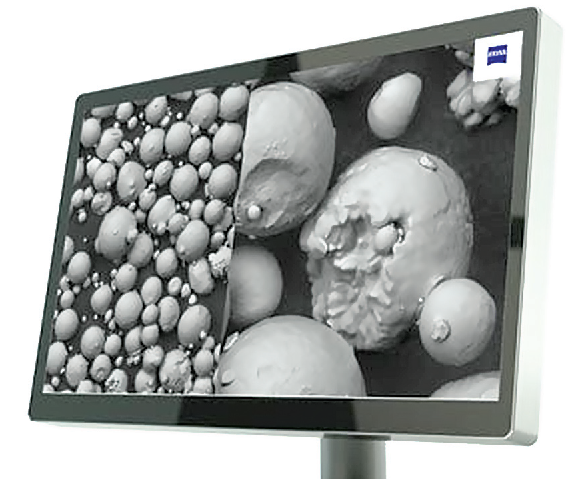The greatest challenge lies in optimal recipe development, in-process quality assurance and final part inspection and classification. ZEISS correlative solutions improve the yield by reducing time for recipe development and optimisation, and accelerating learning by correlating process defects with potential root causes.
Dr. Marcin B. Bauza, Head of ZEISS Additive Manufacturing Process and Control, and Vice President of New Technology & Innovation talked about additive manufacturing with ZEISS Correlative Solutions in a report written by Kathryn Gerardino-Elagio of International Metalworking News for Asia.
IMNA: Can you tell us about ZEISS’s solutions for optimising additive manufacturing?
Dr. Bauza: Today, majority of industries see opportunities in additive manufacturing. There are quite a number of OEMs who make machines for 3D printing. There’s a number of businesses that create powders for 3D printing and there’s a number of businesses that focus on creating software that help 3D printing. The biggest challenge today is to have a proper yield from the manufacturing, not mentioning having it right at the first time.

Dr. Marcin B. Bauza, Head of ZEISS Additive Manufacturing Process and Control, and Vice President of New Technology & Innovation
In aerospace for example, it may take 3 to 4 years to develop the basic formula for one part to be able to say, “I can print good parts, and I know I can repeat this process” ZEISS has tremendous experience starting from materials science, all the way to dimensional metrology and data analysis. We also have done cross-correlation across different instruments for life sciences. So when you bring all these expertise together, we create a so-called “blue line” where we’re enabling the end users to understand and learn what is truly important for their process. When they get the powder, they must understand the condition of the powder from the very beginning. How the condition of the powder ultimately affects the quality of the part being built, and how the machine process then affects the quality of the part being built.
Additive manufacturing is so new that there are hardly any trained professionals who create the correct recipe. So you must develop this alone. In the subtractive processes, you buy raw materials that already have certain mechanical properties assured by the foundry. But in additive, the entire process chain happens right during the build, meaning material properties and part form are created right at the same time, so the complexity of the processes is significantly higher. The opportunity on the other hand is: we can create completely new materials, and new mechanical properties that do not exist today. We can also create new part functionalities, different complex shapes and forms. This opens a whole new design freedom as the combination of the material properties and the part geometry can create very unique opportunities; and this is where I think is the biggest advantage for the additive manufacturing ahead of us. To take this advantage we need to learn and understand the complex additive manufacturing process.
IMNA: What’s new in this approach and why do you think it will be successful?
Dr. Bauza: So far, nobody has been trying to correlate and tie together the issues related to additive manufacturing. People are focusing on single islands. They say, “Oh I know the porosity of the part or I know the size of the powder,” But they are not really connecting all the dots. Why? I think part of the problem is, it’s very complex. But also, ZEISS is the only organisation that has a complete portfolio of the technology needed to cover the entire process chain and make such correlations. What we observe is that some can measure powder, some can look for voids in the part, but nobody has such a diverse portfolio as we have that connects all the dots. The expertise and technological diversity give us a unique opportunity to accelerate this process and help customers much faster achieve production-ready designs and then monitor the production process.

Holistic 3D-Manufacturing inspection for aviation, medical & automotive
For example, ZEISS correlative solutions for additive manufacturing generate insights to improve defect detection and help mitigate their root causes. The ZEISS Versa can be used to obtain high resolution 3D images of the part, then we can digitally mark the suspected area. If a higher resolution is needed, we can move the sample to the ZEISS Crossbeam and image this exact spot with scanning electron microscopy (SEM) resolution, Furthermore, we can create 3D grain map non-destructively with LabDCT enabling customers to analyse cracking or corrosion mechanics, as well as grain formation with relation to 3D printer laser settings. This approach opens doors for unprecedented knowledge gaining and accelerated product development.
IMNA: How do you see additive manufacturing changing the nature of product development? What benefits will ZEISS offer to organizations in Asia?
Dr. Bauza: Asia is not an exception. The entire world has a similar problem. What we must do is to quickly learn how to take advantage of significant new capabilities that 3D printing brings, and how to control the process. The faster we learn - the faster this technology will enable businesses to create new products with impressive properties. The problem today is that even the CAD software used is typically used for subtractive manufacturing, so all those functions don’t work very well for additive work. That has to change. The entire mind-set of designers has to change, as today they mainly design shapes assuming properties are tied to selected material. With additive manufacturing, they can design functionality with freedom of material property shaping, as well as part dimensional characteristics.

Powder and material characterisation
Imagine that you have a metal part that has a very hard shell and is very soft inside, but it’s the same material. You can make a very different crystallographic structure in the same material that depends on the localisation. You can have localised mechanical properties. I believe it’s not the question if additive manufacturing is successful in a broad scale. The question is how soon, and that will depend on how much effort is being put to learning, because that’s the biggest challenge right now.
The timing for the learning is actually very good right now. 3D printing machines have improved enough that the correlation steps are now more possible. Imagine that someone buys a 3D printing machine and this is the first one for their business. The machine gets installed, they buy the powder, run simulations, proceed with the print and create all post print heat treatment, but the outcome is very disappointing. The part is deformed, cracked, and not even close in quality to what they had imagined and known from the subtractive processes. If I might use an analogy, buying a good oven for the kitchen does not mean that we will be cooking well. We need recipes, otherwise the outcome can be very disappointing. The tighter the material properties and dimensional accuracy, the higher the expectations of these recipes have to be.
IMNA: Will 3D printing be adopted by more than half of all manufacturers in Asia?
Dr. Bauza: I think that over time, anyone who is making parts today will be using 3D printing at some point. As long as 3D printing is used for new part functionalities and new material properties, this will propel business to new product lines and capabilities not achievable today.

 iConnectHub
iConnectHub
 Login/Register
Login/Register Supplier Login
Supplier Login


























